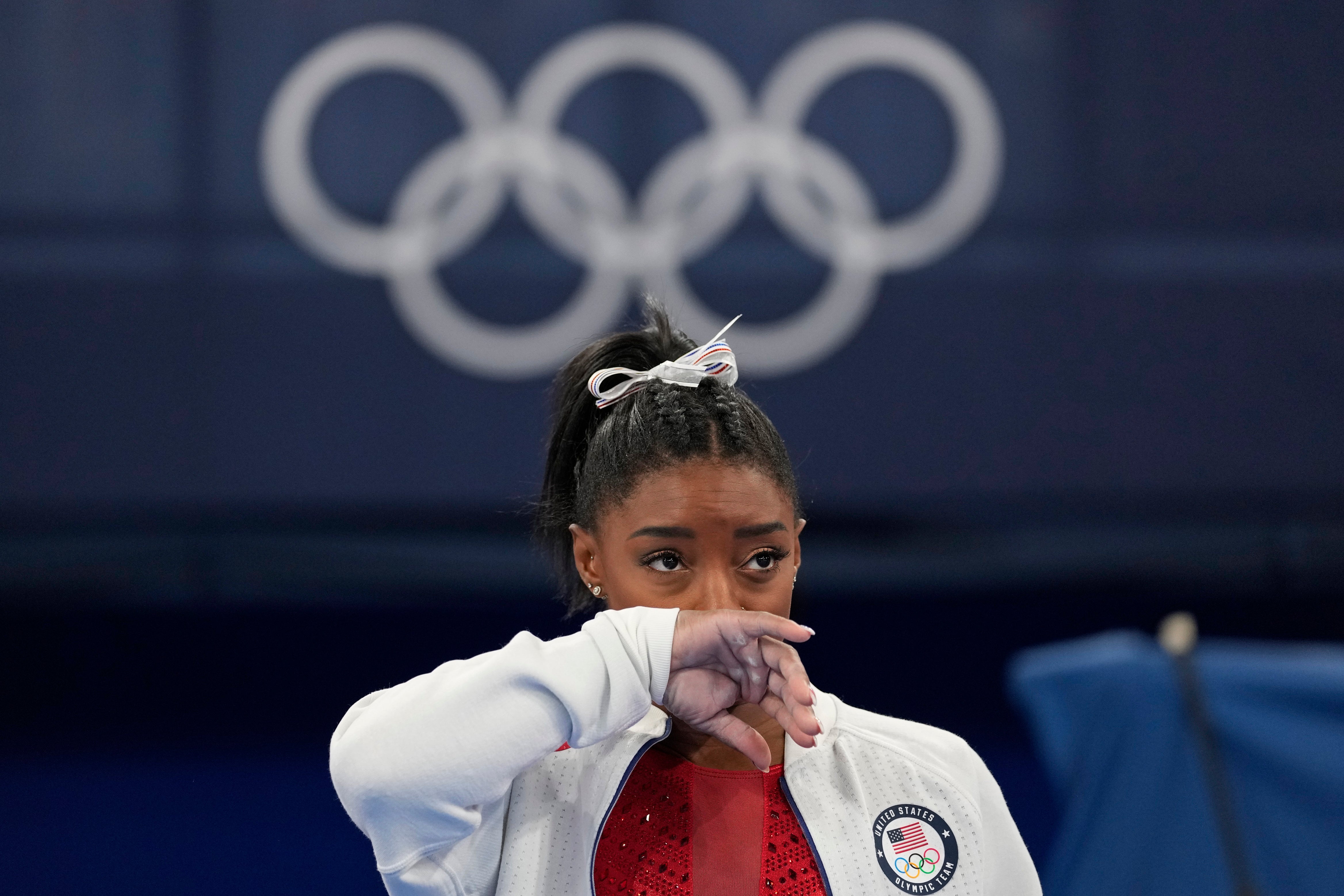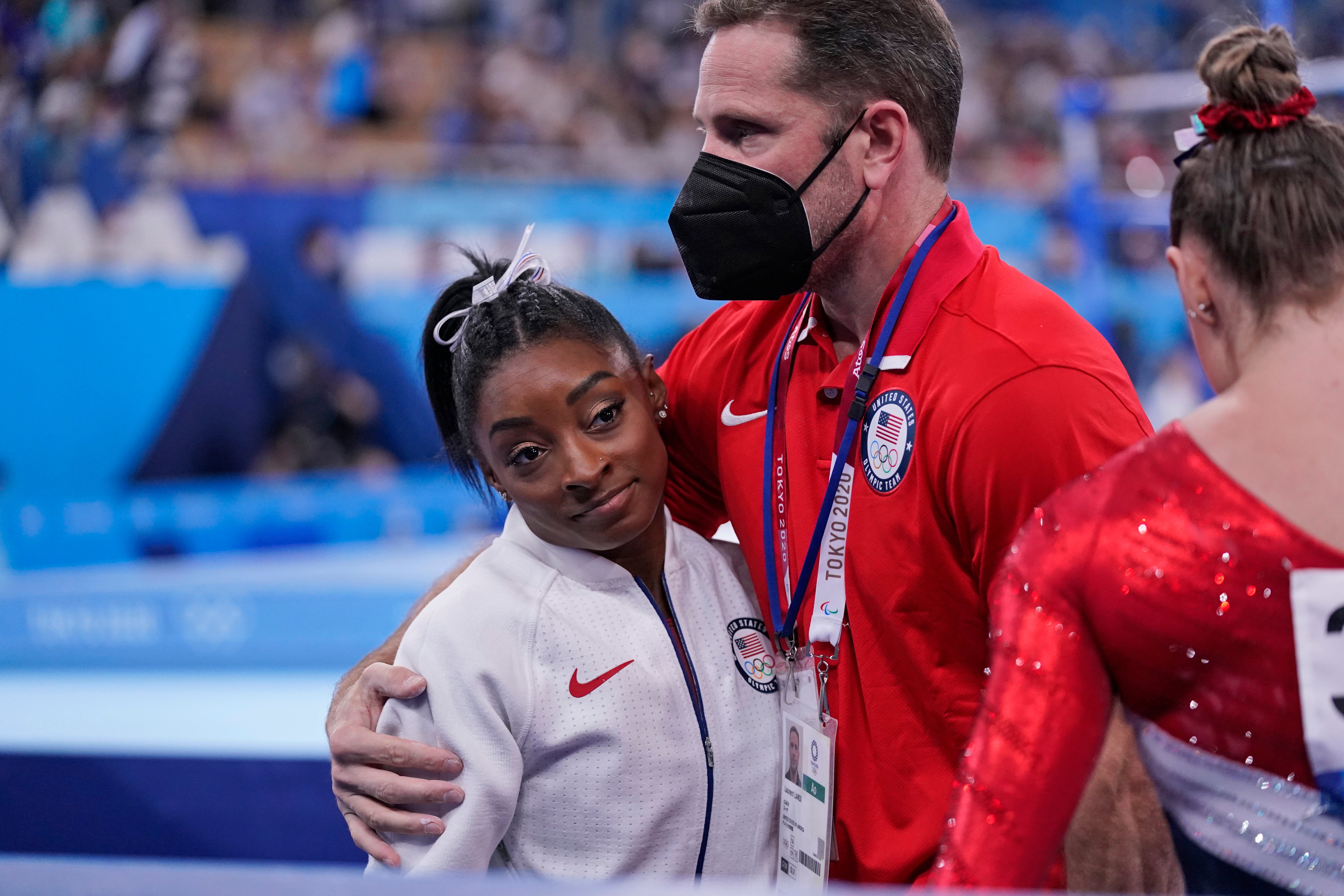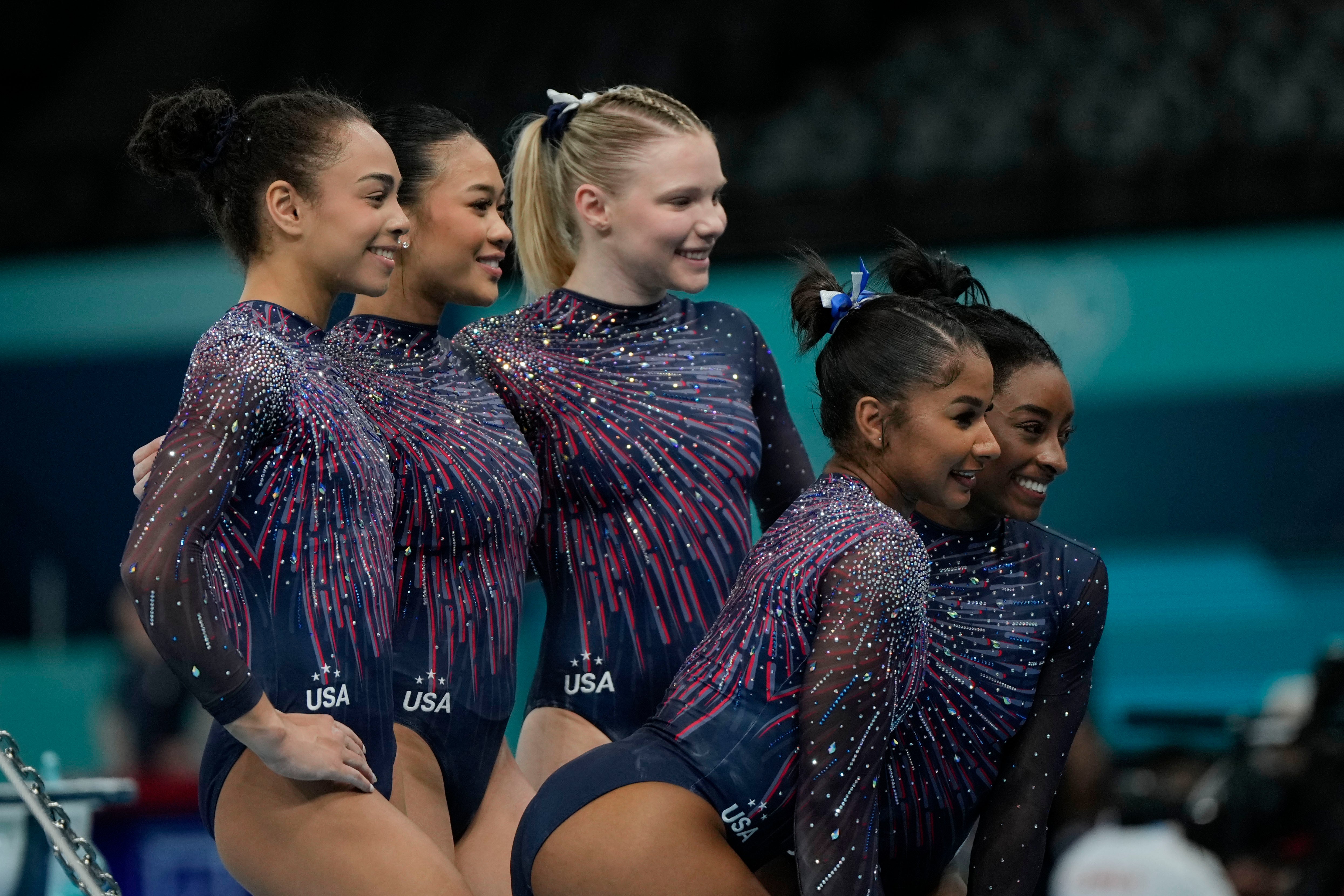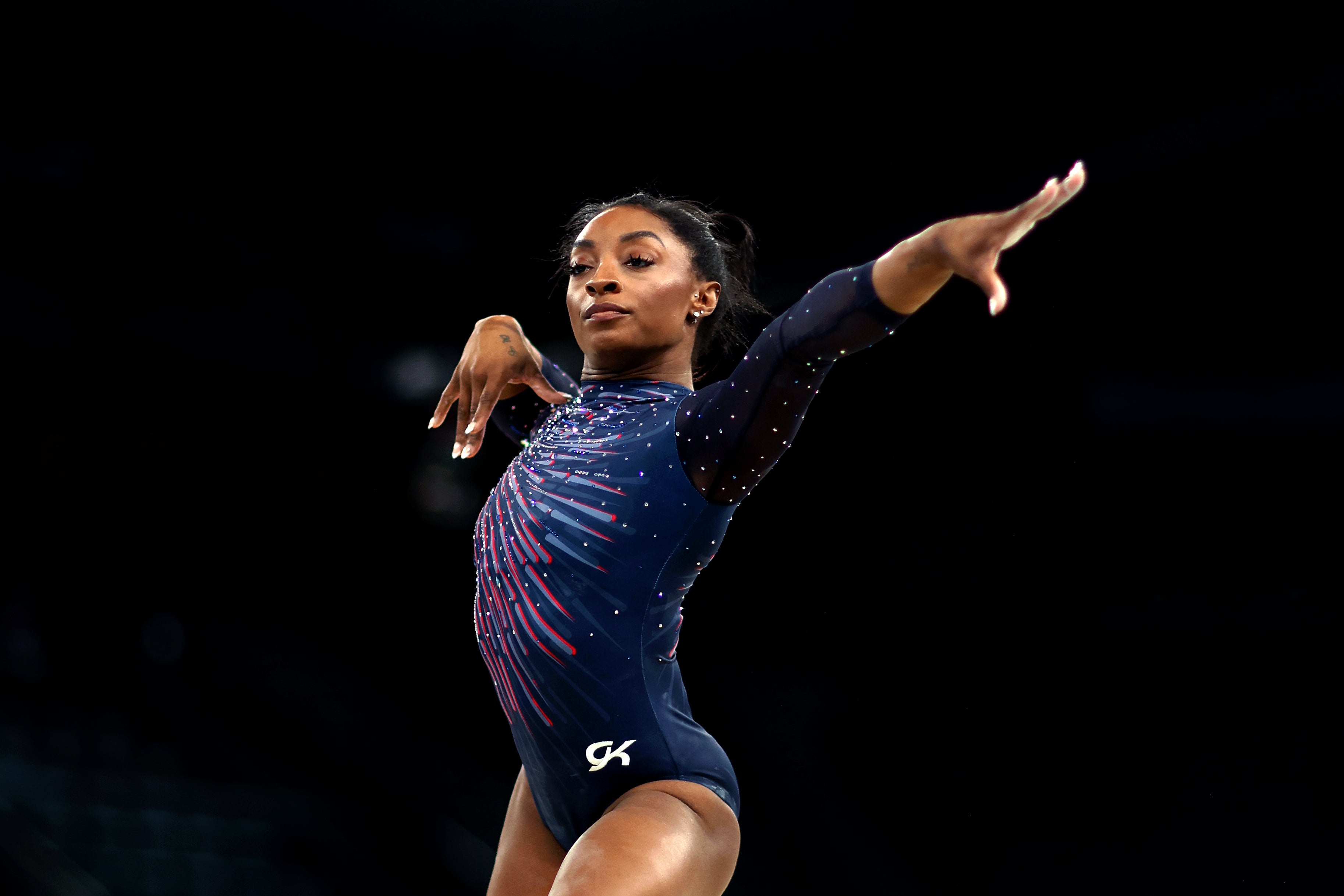What are the twisties? The condition that threw Simone Biles off at Tokyo Olympics
The American returns to the Olympics after struggling to perform at Tokyo 2020 due to the condition

Your support helps us to tell the story
From reproductive rights to climate change to Big Tech, The Independent is on the ground when the story is developing. Whether it's investigating the financials of Elon Musk's pro-Trump PAC or producing our latest documentary, 'The A Word', which shines a light on the American women fighting for reproductive rights, we know how important it is to parse out the facts from the messaging.
At such a critical moment in US history, we need reporters on the ground. Your donation allows us to keep sending journalists to speak to both sides of the story.
The Independent is trusted by Americans across the entire political spectrum. And unlike many other quality news outlets, we choose not to lock Americans out of our reporting and analysis with paywalls. We believe quality journalism should be available to everyone, paid for by those who can afford it.
Your support makes all the difference.Simone Biles returns to the Olympics at Paris 2024 after suffering from the twisties in Tokyo three years ago, eventually leading to a 732-day layoff from the sport.
Biles promises to be the star of the gymnastics in Paris and hopes to avoid the twisties this time. The condition, usually in high-pressure situations such as the Olympics or world championships, involves losing control midair and feeling unable to land the move, creating a high-risk and dangerous situation.
It has been likened to the yips in golf or baseball, where professionals suddenly lose the ability to perform under pressure.
Biles has described the feeling of the phenomenon as being “lost in the air.” She then likened the uncomfortable experience to being unable to drive while at the wheel in a car: “Your mind and your body are at a disconnect. Your body is going to try to do something, and your mind is going to be like, ‘No, you’re not doing this’, I am my car.”
Biles first noticed a problem and a sense of instability while practicing her vault before Team USA’s first gymnastics rotation in 2021. “It doesn’t feel comfortable, I have no idea where I am, but I’m twisting, praying I land on my feet,” Biles said on the the podcast Call Her Daddy. “I felt like I was fighting my body and my mind to do these tricks.” She knew she had the twisties but tried to ‘push past that.’”
Biles then changed the difficulty of her rotation from a 2.5 to 1.5 midair, correcting her body position to avoid an accident. Rumours spread as to why Biles had struggled, but the athlete insisted it was not a physical issue: “No, no injury, thankfully. And that’s why I took a step back, because I didn’t want to do something silly out there and get injured.”
Biles is far from the only gymnast to experience the twisties, with former USA teammate Aleah Finnegan revealing that she first suffered from it as a child: “I've had the twisties since I was 11. I cannot imagine the fear of having it happen to you during competition.”
While Laurie Hernandez, a teammate of Biles in 2016, also experienced it: “I’ve had the twisties before. Hated it - so much. It's painful. It actively makes you feel like you're not the caliber of athlete that you are.”


Why did Biles suffer from ‘the twisties’ and how did she overcome it?
Biles was contending with a lot of stress and other psychological factors in the build-up to the Tokyo Olympics.
“(The pressure) feels heavy. It’s like the weight of the world on your shoulders and I’m very small, so I feel like, at times, it’s very overwhelming,” she explained. “But whenever you get so overwhelmed and have triggers, it’s just like — I have to focus on my mental wellbeing and that’s what I did.”
To overcome the twisties, many gymnasts simplify their routine and build back up to the harder techniques.


Removing an element of risk can also remove the condition, such as performing the routine or technique into a foam pit.
It can suddenly return, but Biles dismissed doubts last year, stating: “I’m fine. I’m twisting again. No worries. All is good.”



Join our commenting forum
Join thought-provoking conversations, follow other Independent readers and see their replies
Comments